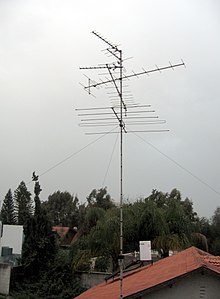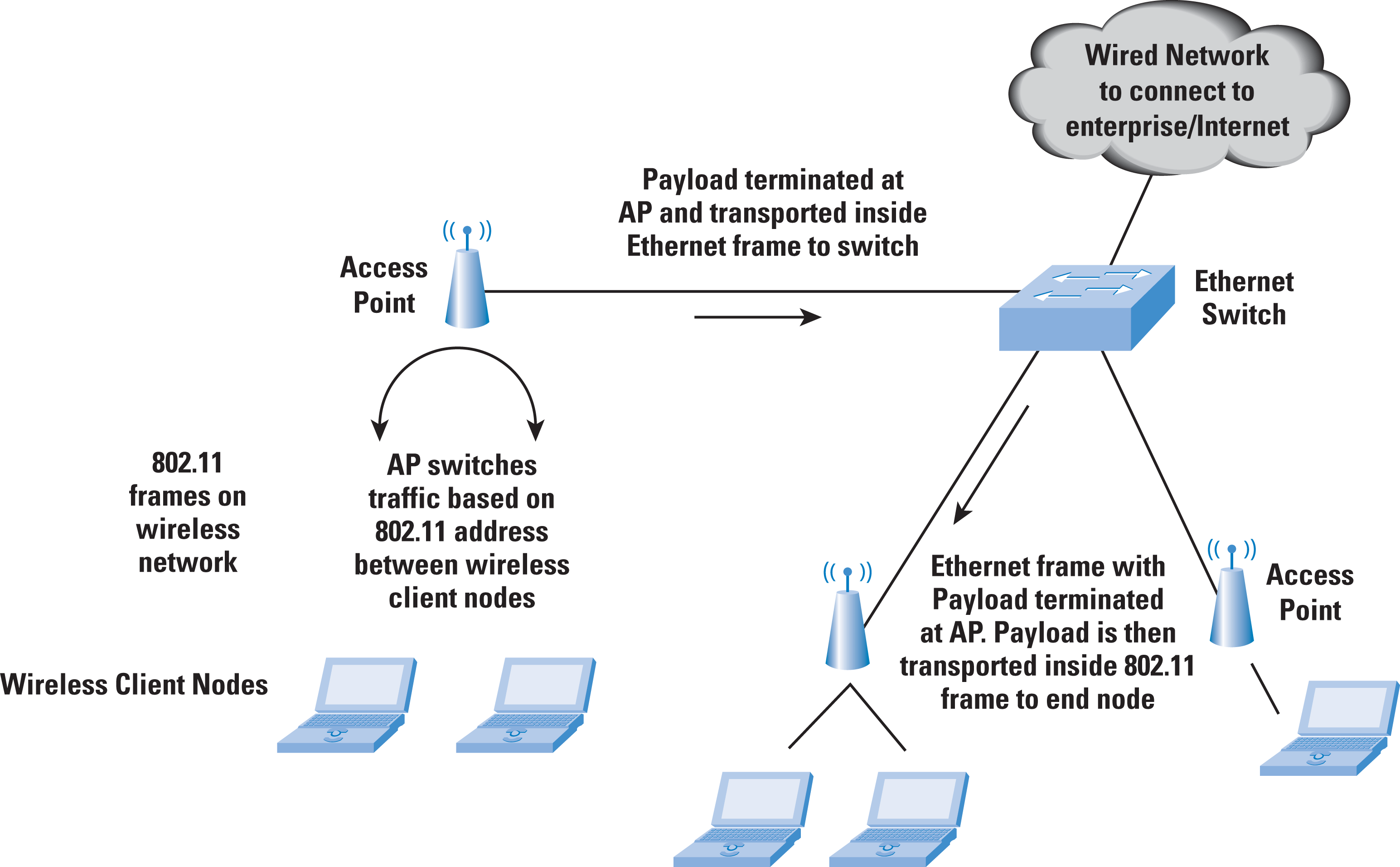Satellite Radio Tv System Ppt For Mac
Satellite signal propagation - an overview of the phenomena that affect satellite signal propagation and the way the radio signals propagate to and from the satellite. Satellites are used for a wide variety of applications from satellite TV broadcasting, and navigation in the case of GPS to photography, weather monitoring and many more applications. For the transmission and reception of signals, satellites normally use frequencies above 500 MHz, and often much higher. At these frequencies the transmissions to and from the satellites might be thought to be immune to the effects of the atmosphere. However this is not the case and effects are introduced primarily by two areas of the atmosphere. One is the troposphere and the other is the ionosphere. Accordingly satellite propagation or the radio propagation characteristics of the path between the ground and the satellite of great importance.
The atmosphere The atmosphere can be divided into several areas. It is found that the temperature varies according to the height.
Initially the temperature falls until altitudes of around 10 km are reached. At this point the temperature is around -50 or -60 Celsius.

It is around this point that the temperature starts to rise again. The region below this inflexion point is known as the troposphere.
The second area that affects radio signals is known as the ionosphere. This is a region of the atmosphere that starts at altitudes of around 50 km, and extends to more than 400 km. In this region radiation from the Sun mainly in the form of ultraviolet light strikes the gas molecules and atoms causing them to ionise producing a positive ion and a negative electron. These electrons then affect radio signals, effectively reflecting those in the short wave bands and often returning them to Earth. However this region also affects the signals passing to and from satellites. Beyond the ionosphere the signals can be considered to be in free space, and the region between the upper reaches of the troposphere and the ionosphere is often temred 'inner free space.' This region too has little effect.
There are a number of different of radio signal propagation effects that are introduced into satellite radio signals by the troposphere and ionosphere. Transmission in free space has unity refractive index and is loss-less (apart from the spreading effect that reduces the signal power over a fixed area with distance away from the source, but no power is actually lost). The troposphere and ionosphere have refractive indices that differ from unity.


In Home Satellite Radio Systems
The troposphere is greater than unity and the ionosphere is less than unity and as a result refraction and absorption occur. The inner free space region also has little effect.
Faraday rotation Faraday rotation is an effect that affects satellite propagation. Faraday rotation results from the fact that the ionosphere is a magneto-ionic region.
The Faraday rotation of a signal causes different elements of a signal to travel in different ways, particularly rotating the plane of polarisation. This can create some problems with reception. A linearly polarised signal can be considered as two contra-rotating circularly polarised signals. The phase velocities of these two signals vary in a magnetic medium such as the ionosphere and as a result the polarisation of the signal changes.
The degree of change is dependent upon the state of the ionosphere and it follows the same pattern as that experienced for HF ionospheric communications changing over the course of the day, with the seasons and over the sunspot cycle. Ionospheric scintillations Another satellite propagation effect introduced by the ionosphere is termed 'ionospheric scintillations.' These scintillations manifest themselves as a variety of variations of amplitude, phase, and polarisation angle. They can also change the angle of arrival of the signals.
These variations change over a period of between one to fifteen seconds, and they can affect signals well into the microwave region. The variations are caused primarily by the variations in electron density arising in the E region, often as a result of sporadic E but also in the F layer where a spreading effect is the cause. The level of scintillation is dependent upon a number of factors including the location of the earth station and the state of the ionosphere, as a result of the location, the sunspot cycle, the level of geomagnetic activity, latitude, and local time of day. The scintillations are more intense in equatorial regions, falling with increasing latitude away from the equator but then rising at high latitudes, i.e. In the auroral zone or the region where auroras take place. The effects are also found to decrease with increasing frequency, and generally not noticeable above frequencies of 1 - 2 GHz.
As such they are not applicable to many direct broadcast television signals, although they may affect GPS, and some communications satellites. Tropospheric satellite propagation effects There are a number of satellite propagation effects that the troposphere introduces including signal bending as a result of refraction, scintillation, and attenuation. The signal refraction in the troposphere is in the opposite sense to that in the ionosphere. This is because the refractive index in the troposphere is greater than unity, and it is also frequency independent. The signal refraction gives them a greater range than would be expected as a result of the direct geometric line of sight.
Tropospheric ducting and extended range effects that are experienced by terrestrial VHF and UHF communications may also be experienced when low angles of elevation are used. Scintillations induced by the troposphere are often greater than those seen as a result of the ionosphere. They occur as a result of the turbulence in the atmosphere where areas of differing refractive index move around as a result of the wind or convection currents.
The degree to which the scintillations occur is dependent upon the angle of inclination, and above angles of around 15 degrees the effect can normally be ignored. At angles between 5 and 10 degrees the changes can often be around 6 dB at frequencies of around 5 GHz.
It’s now extremely easy to run Android Apps on Mac thanks to Google’s ARC Welder extension for Google Chrome. ARC Welder is a simple extension which allows you to easily run an Android app on your Mac or PC with no need for any other software. Android apps for counting macros. Android is the most popular operating system in the world right now, and you can try it out for free on your Mac. We show you how iOS may well be the platform we'd always recommend, but Android. How can the answer be improved? Android apps free download - Samsung Apps, Android File Transfer, The Missing Sync for Android, and many more programs. Coolmuster Android Assistant for Mac has been designed with at least one thing in mind, and that is to make managing Android smartphones and tablets easy. It can be described as an essential handheld manager for Android mobile device users.
Doppler shift Frequency changes as a result of the Doppler shift principle may be in evidence with signals from some satellites. This form of satellite propagation effect is important because it plays a major part in the systems design of a satellite system. The shifts resulting from the Doppler phenomenon need to be taken into account as part of the overall design.
Satellites in Low Earth Orbits move very quickly and as a result a Doppler frequency shift is apparent in many cases. With the satellite moving towards the earth station the frequency appears higher than nominal, and then as it moves away the apparent frequency falls. The degree of shift is dependent upon a number of factors including the speed of the satellite (more correctly its speed relative to the earth station) and the frequencies in use.
Shifts of the order of 10 kHz may be experienced. As most satellites operate in a cross mode configuration, the Doppler shift is not just applicable to the band on which the signal is received, but to the cumulative effect of the uplink and downlink transmissions. In many instances the effects will subtract because of the way the satellite mixing process is configured. Summary Although satellites generally operate at frequencies that may be thought to be immune from tropospheric and ionospheric disturbance, these regions still have a significant effect and this needs to be taken into account when designing satellite systems. As a result satellite propagation, i.e.
The radio signal propagation to and from the satellites of great importance. By Read more popular satellite tutorials. Radio-Electronics.com is operated and owned by Adrio Communications Ltd and edited by Ian Poole.
All information is © Adrio Communications Ltd and may not be copied except for individual personal use. This includes copying material in whatever form into website pages. While every effort is made to ensure the accuracy of the information on Radio-Electronics.com, no liability is accepted for any consequences of using it.
This site uses cookies. By using this site, these terms including the use of cookies are accepted. More explanation can be found in our Privacy Policy.